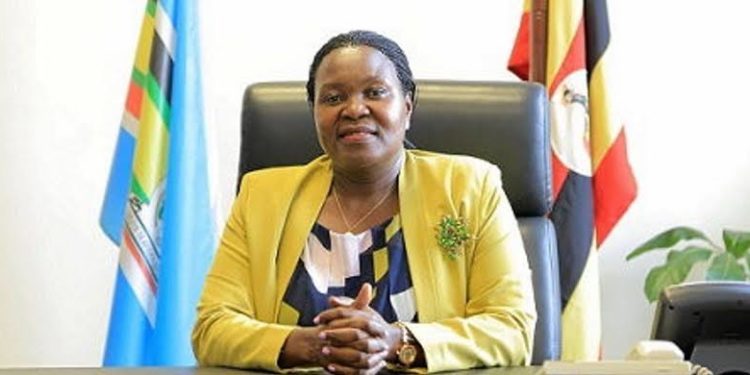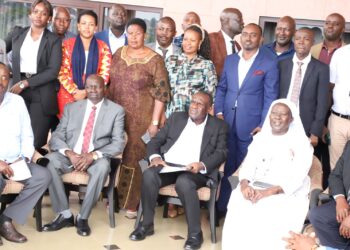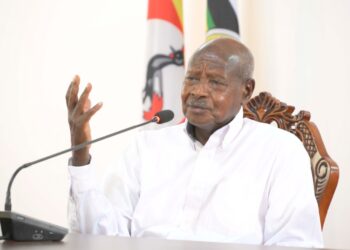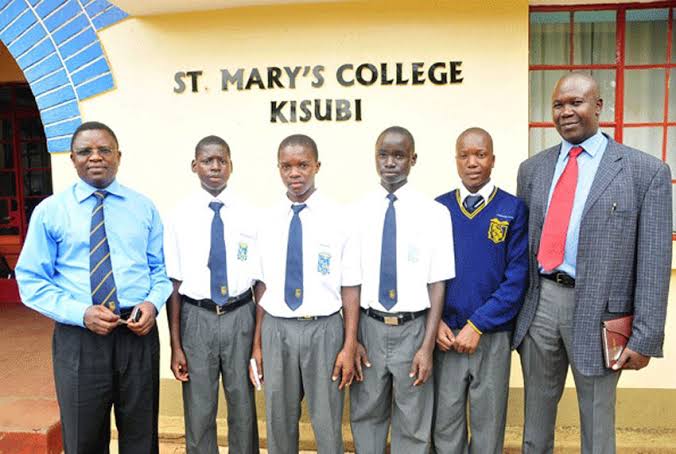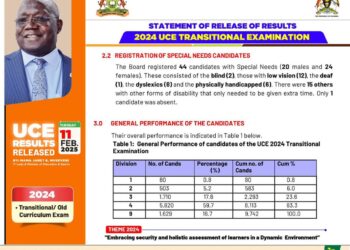The Ministry of Energy and Mineral Development (MEMD) has set measures to be implemented in the continuous reduction of the end user tariffs for all electricity consumers. This follows the approval of new Electricity End-User Tariffs to be charged by Umeme Limited for the supply of electrical energy.
Hon Ruth Nankabirwa, the Minister of Energy and Mineral Development (MEMD) confirmed that the ministry is spear heading the amendment of the Electricity Act 1999 to provide for purchase of electricity directly from generators and/or the transmission company by big industrial customers to reduce the end user tariff for manufacturers starting with those in the proximity of transmission infrastructures.
According to the minister, that government has over the years planned and implemented various measures to continuously reduce the end user tariffs for all electricity consumers among these include; in June 2018, government finalized debt refinancing of the Bujagali Hydro Power Plant – reducing the extra-large industrial consumer category tariff to USD cents 8.0/kWh and USD cents 5/kWh at off-peak time of use period.
Nankabirwa notes that distribution efficiency was improved with the energy losses by Umeme Limited having reduced from 27% in 2011 to a target of 14% in 2021. In 2017, MEMD also implemented the extra-large industrial consumer category. This consumer category includes 43 industries; consuming 27% of the electricity and the overall cost structure and competitiveness is very sensitive to the cost of electricity.
Government financed Karuma and Isimba Hydro Power Plants. Isimba was commissioned in April 2019 and Karuma is expected to be commissioned in June 2022. The tariff for both Karuma and Isimba are less than USD cents 5/kWh during the loan repayment period and will be less than USD cents 1.2 after the loan repayment.
MEMD also implemented the rebate policy where consumers who finance construction of electrical installation and refunded through a rebate against the electricity bills/invoice. This has reduced the turnaround time for industrial new connection. Additional Demand estimated at 60MW is being implemented under the rebate.
MEMD has implemented a declining Block Tariff for Large and extra-large industrial consumers – where the tariff reduces as industries consume more electricity based on predetermined consumption threshold.
The fluctuation of the exchange rate of the Uganda Shilling against the United States Dollar is one of the biggest challenges affecting financial sustainability of the ESI. MEMD has commenced a pilot foreign exchange hedging of power purchase costs amounting to USD 1 million per month effective January 2021 hence hedging of foreign exchange risk.
The MEMD has as well determined a new set of minimum standards of reliability and quality of electricity supply for Umeme Limited and UETCL – based on the financial reward and penalty structure.
The Ministry and its agencies holds quarterly meetings with Uganda Manufacturers Association (UMA) to discuss power reliability challenges faced by individual industrial consumers, electricity tariff trajectory, demand growth initiatives, investment plans, and implementation of directives by the president of Uganda in respect to electricity tariffs.
The MEMD has commenced implementation of pilot projects towards ensuring Ugandans and institutions use electricity for cooking such instead of charcoal and firewood.
Do you have a story in your community or an opinion to share with us: Email us at editorial@watchdoguganda.com


